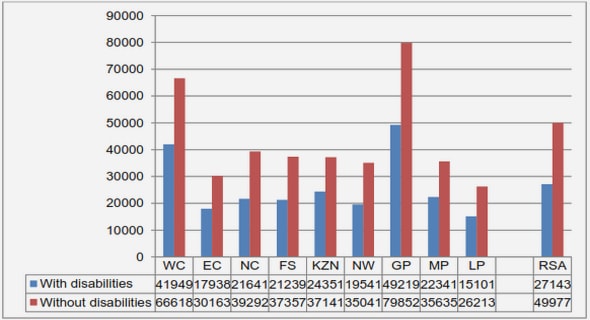(Downloads - 0)
For more info about our services contact : help@bestpfe.com
Table of contents
Introduction
1 Computational models of analogical reasoning
1.1 Models without analogical proportions
1.1.1 First attempts by Pólya and Hesse
1.1.2 Analogy as a structural mapping
1.1.3 Logical view of analogical reasoning
1.2 Models with analogical proportions
1.2.1 Solving geometric problems
1.2.2 Analogical reasoning as distance minimization on a vector space
1.2.3 The Copycat program
1.2.4 Analogy and the Minimum Description Length Principle
1.2.5 Case-Based Reasoning
2 Formal analogical proportions
2.1 Formal definitions
2.1.1 The geometric and arithmetic proportions
2.1.2 Analogical proportions between sets
2.1.3 The Boolean proportion
2.2 Geometrical insights of the Boolean and arithmetic proportions
2.2.1 Equivalence classes of analogical proportions
2.2.2 The Boolean and arithmetic proportions as parallelograms
2.3 Analogical inference principle and equation solving
3 A functional definition of analogical classifiers
3.1 Analogical classification
3.1.1 Conservative classifier
3.1.2 Extended classifier
3.1.3 Analogical classifier: a functional definition
3.2 Theoretical properties of analogical classifiers
3.2.1 Study of convergence
3.2.2 Vapnik Chervonenkis (VC) dimension of analogical classifiers
3.2.3 Accuracy analysis
3.3 Experiments and empirical validation
3.3.1 Evaluation protocol
3.3.2 Comments and discussion
4 Background on recommender systems
4.1 Taxonomy of recommender systems
4.1.1 Content-based techniques
4.1.2 Collaborative filtering
4.1.3 Knowledge-based systems
4.2 Recommendation by rating prediction
4.2.1 Problem formalization and notation
4.2.2 Recommender system evaluation
4.3 Two collaborative filtering techniques: neighborhood-based, and matrix factorization 87
4.3.1 The neighborhood approach
4.3.2 Matrix factorization techniques
5 Analogical recommendation
5.1 An algorithm using arithmetic proportion
5.1.1 Algorithm
5.1.2 Experiments and results
5.2 A “clone”-based view of analogical recommendation
5.2.1 Two new analogical algorithms
5.2.2 Current advances in neighborhood-based techniques
5.2.3 Experiments and discussion
5.2.4 Towards an ordinal view of ratings
5.3 Mining analogical proportions
5.3.1 Association rules
5.3.2 Looking for analogies in an incomplete database
5.3.3 Experiments and discussion
6 Analogy-preserving functions
6.1 Extending a training set
6.1.1 Previous works on training set extension
6.1.2 Analogy preserving functions: a safe way to extend a training set
6.2 A complete characterization of analogy preserving functions
6.2.1 Preliminary background on Boolean functions
6.2.2 The class of Analogy Preserving functions
6.2.3 The class of Strongly Analogy Preserving functions
6.3 Beyond Boolean Analogy Preserving functions
6.3.1 Approximately AP functions and experiments
6.3.2 Extension to nominal attributes
6.3.3 Extension to real-valued functions
Conclusion
Bibliography
List of Tables
List of Figures
List of Definitions


